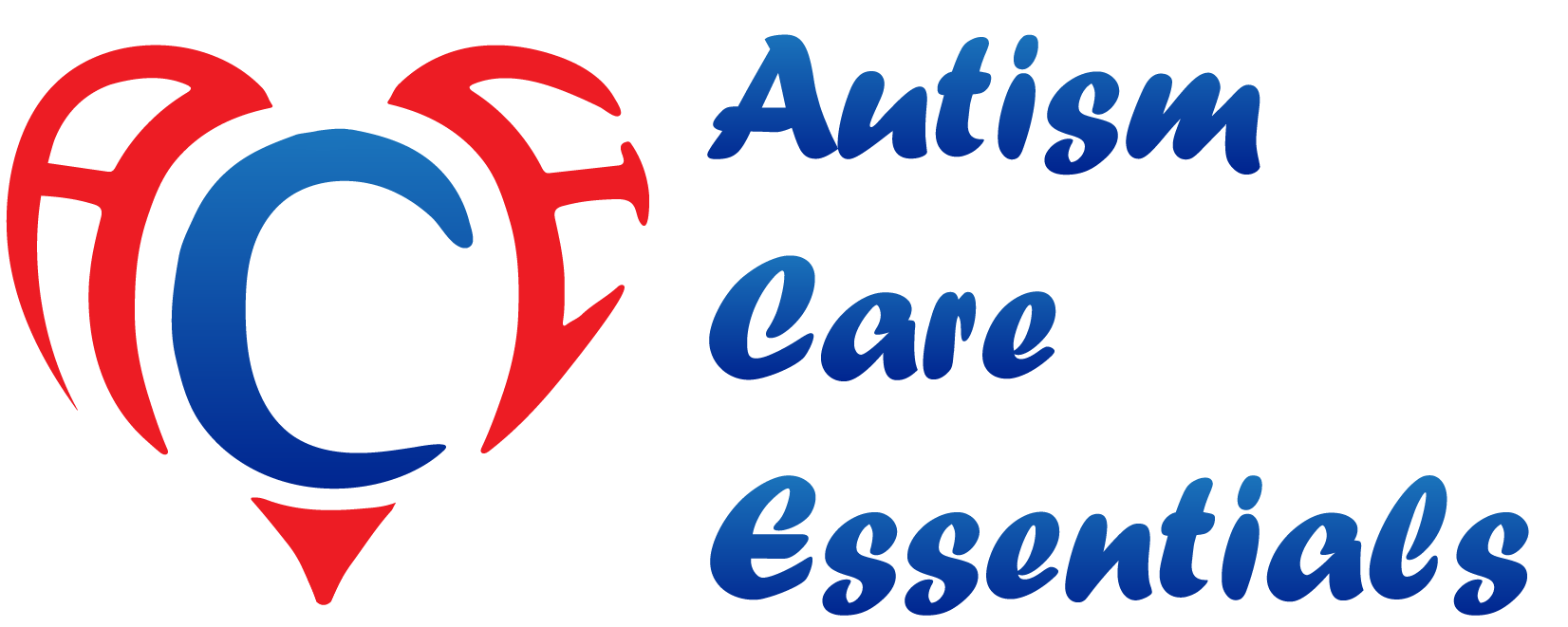Parents hope for any treatment to cure newly diagnosed autistic loved ones. They often firstly search “What is treatment for autism” before they learn the hard truth about the treatments for autism.
What are Treatments for Autism
Treatments for autism are referred to as medications or therapeutic approaches. They are used to improve the conditions of autistic individuals.
Due to the wide-ranged spectrum of autism, the treatments for autism are more complicated than for any other condition. At present time, there is no one treatment that can cure autism. In fact, most autistic individuals need many different treatments to progress their overall well-being. The need and the result of each treatment can vary from one person to another.
Different treatments may serve different purposes for the individual’s situation. It is related to physical, mental, behavioral, and intellectual conditions. The availability of the treatments can be very different in these environments as we describe below.
An individualized therapeutic treatment plan is the best answer for “What is treatment for autism”. We simplify it as “the treatment” throughout this post.
The Treatments in Schools
Individualized Education Plan (IEP) is fundamental for the treatment of individuals before age 21. Under federal education law, all autistic children are qualified for IEPs. An IEP should list individualized goals for education intervention, therapeutic treatments, and related services. The goals of education intervention should maximize the learning potentials. The treatments and related services should help the individuals improve the most.
1. Approaches- Approaches are more about the methodologies.
They are used for education intervention. The following four approaches are widely used in school settings.
- Treatment and Education of Autistic and Communication Handicapped Children method (TEACCH )- TEACCH is a method of teaching through its five principles. It includes surroundings, consistent schedules, expectations, routines, and visual cues. It is a highly used approach by autism professionals before they use another approach.
- Applied Behavior Analysis(ABA) – ABA uses positive reinforcement as the main strategy. It is the most widely used approach in school settings. It breaks down small steps in order to achieve bigger skills. It works great for younger age autistic children.
- Verbal Behavior (VB) – Through the “Errorless Learning” technique, VB teaches functional language skills. It helps learners to make the requests by understanding functionalities of communication and words. It works great if autistic individuals are able to make the sounds of words.
- Assistive Technology—Assistive technology uses devices like electronic tablets. It better helps autistic individuals to communicate and interact with others. It is more accepted for non-verbal or almost non-verbal individuals.
2. Therapies- Therapies more focus on the areas of deficits that need to be improved.
They are usually performed under the same approaches that are applied to the individuals in the school.
The following are the most used five therapies for school settings.
- Speech Therapy- It teaches functional language, communication, and social skills individually or in a group. This is the most applied treatment for autistic people.
- Physical Therapy –It helps autistic individuals develop gross motor and movement skills. It also improves their coordination and helps posture control. Individuals with delayed motor skills can benefit from this treatment.
- Occupational Therapy-It uses a variety of strategies to help autistic individuals in physical sensation, self-regulation, and a better response to their environments. It is helpful to most autistic individuals.
- Music Therapy- It motivates individuals to increase verbalization and social interaction through engaging music. It can also help them to cope with sound sensitivities and auditory processing. It works great for those who respond well to music.
- Art Therapy- It uses creative techniques to help people express themselves. It uses artistries of coloring, drawing, painting, or sculpting, etc. It can be a very healing process especially for those who enjoy the art.
The Treatments in Autism Treatment Centers
Most autism treatment centers can supplement more different types of treatments beyond what the school offers. Some of the sites may offer autism treatments as part of their program. Some autistic populations have demonstrated the benefits of the flowing treatments:
- Floortime -It is a relationship-based approach for children with autism. The therapist or the parent gets down on the floor to engage with the child. They follow with the child’s lead for the activities he/she enjoys. The child becomes more willing to communicate with the therapist or the parent based on the playing “trust”.
- Pivotal Response Training (PRT)-It emphasizes a child’s motivation. Use the motivation to reinforce positive behaviors, including initiating communication with others. It works well with children who are not too difficult to be motivated through their interests.
- Early Start Denver Model (ESDM) – It uses the principles of ABA. It is to help improve language, social and cognitive skills. It encourages therapists and parents to engage with children through the activities that children enjoy. It is more recommended for children between the ages of 12-48 months.
- Social Skills Training- It teaches individuals the skills to have conversations and interact with others. It includes Problem-solving skills as well. This is the hardest treatment to see improvement.
- Play therapy –It helps individuals find healthier solutions for their problems. They can be emotional, social, behavioral, and learning aspects. It is implemented through pretend-play to find long-lasting strategies. It can be effective for those who can communicate their issues.
- Sensory Integration Therapy
 –It helps children with sensory processing issues. It works through structured and repetitive stimulation. It uses sensory-related tools and strategies to achieve goals. Children with sensitivities in noise, taste, visual and tactile can benefit from it.
–It helps children with sensory processing issues. It works through structured and repetitive stimulation. It uses sensory-related tools and strategies to achieve goals. Children with sensitivities in noise, taste, visual and tactile can benefit from it.
The Treatments at Home
Autism care at home is the most integral part of the treatment. We will have a separate discussion about the topic. It includes:
- Regular medical and dental exams. To diagnose the cause of behavior with an autistic individual, the first step is to minimize medical illness. Regular medical and dental exams help understand the health condition. It better prepare for the treatment.
- Parent-mediated therapy- Parents/Caregivers actively learn techniques for the treatment from school and/or autism center.
- Dietary Approaches-Balanced and nutritional diet can be beneficial to anyone, especially individuals with ASD. Although GFCF(gluten-free casein-free) diet is not confirmed to be effective to treat autism, healthy and balanced nutrition with the moderation of intake can be helpful for their overall health
- Medication- Risperidone and aripiprazole are the only two medications that are FDA approved to treat irritability associated with autism.
- Lists of approaches and strategies can be implemented from home.
Breakthrough autism treatment
FDA granted autism drug Balovaptan for breakthrough therapy designation. This is a bitter and sweet part of the autism treatment research effort.
Adults with autism need more interventions to improve outcomes.
We are searching for an approach or a medication that can lead to more optimal results for the core systems of autism.
Hopefully, the drug and new breakthrough interventions will serve the community soon.
We would like to learn if you have your own approaches to help your loved ones improve their conditions.
Our appreciation to you for sharing your strategies to fulfill the answer for”What is Treatment for Autism”!
